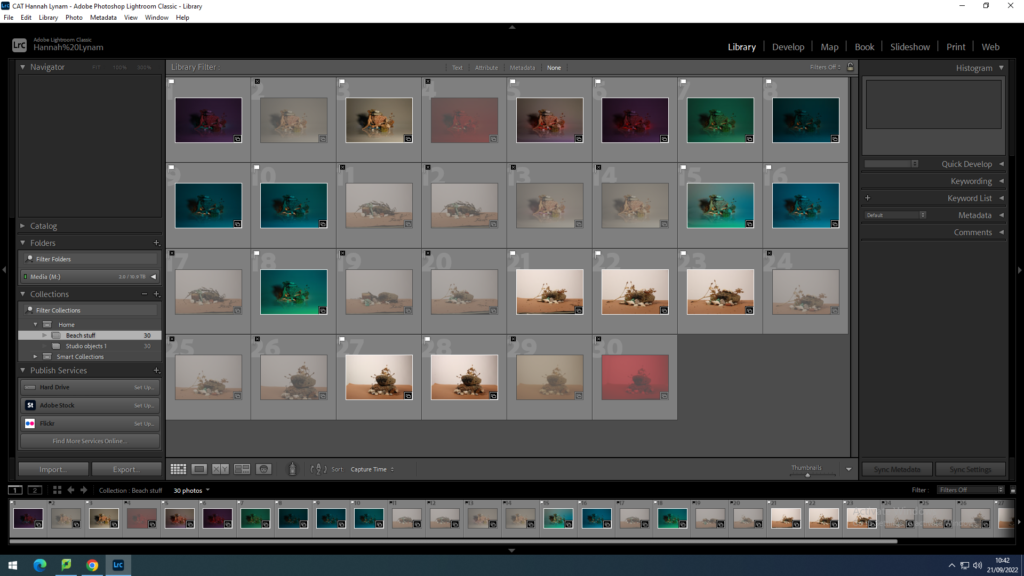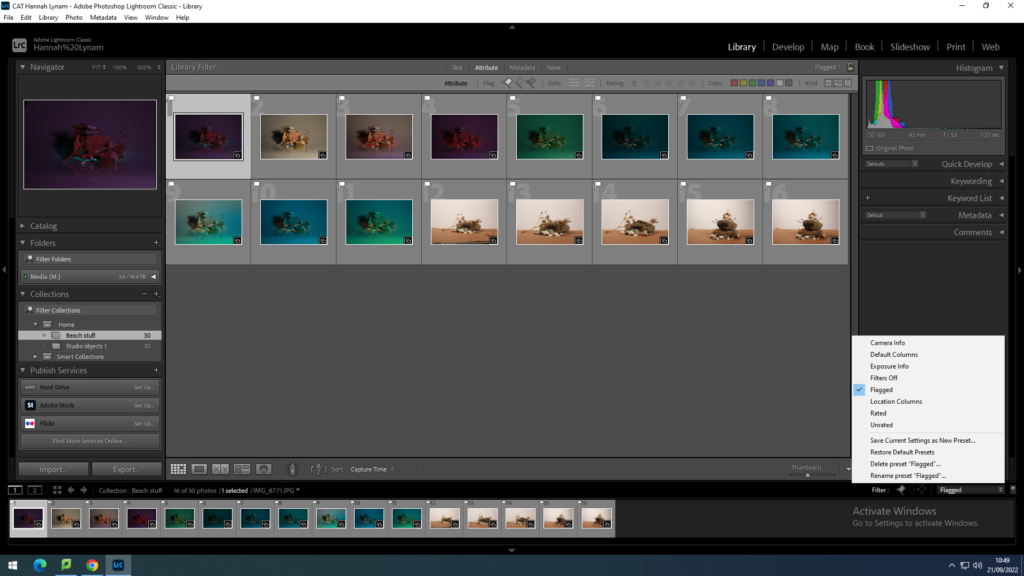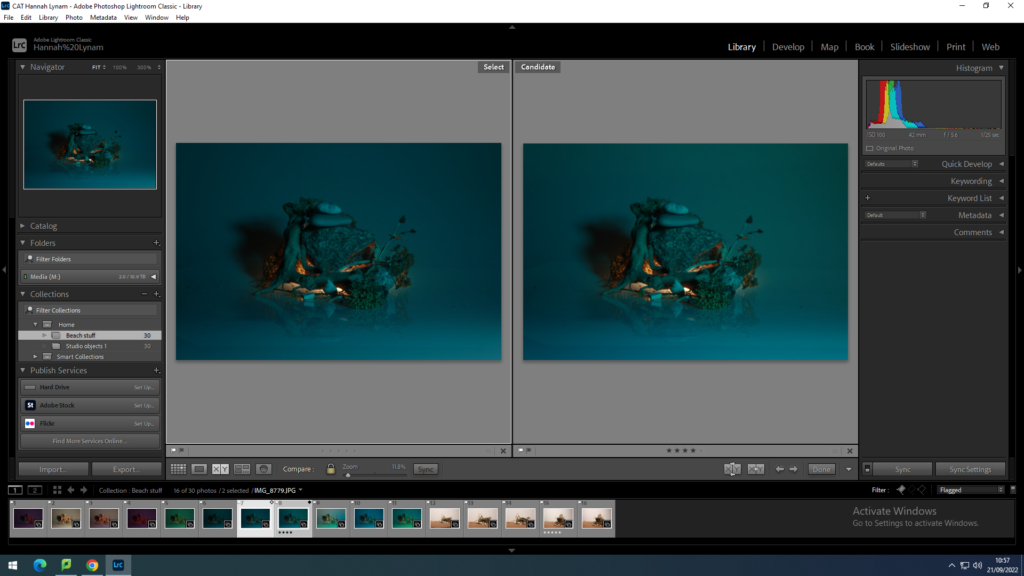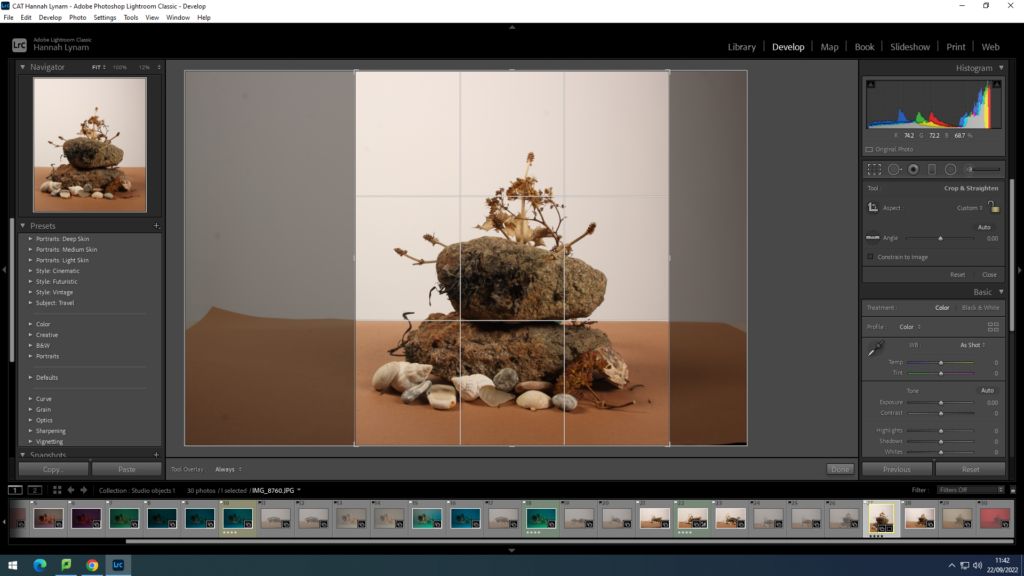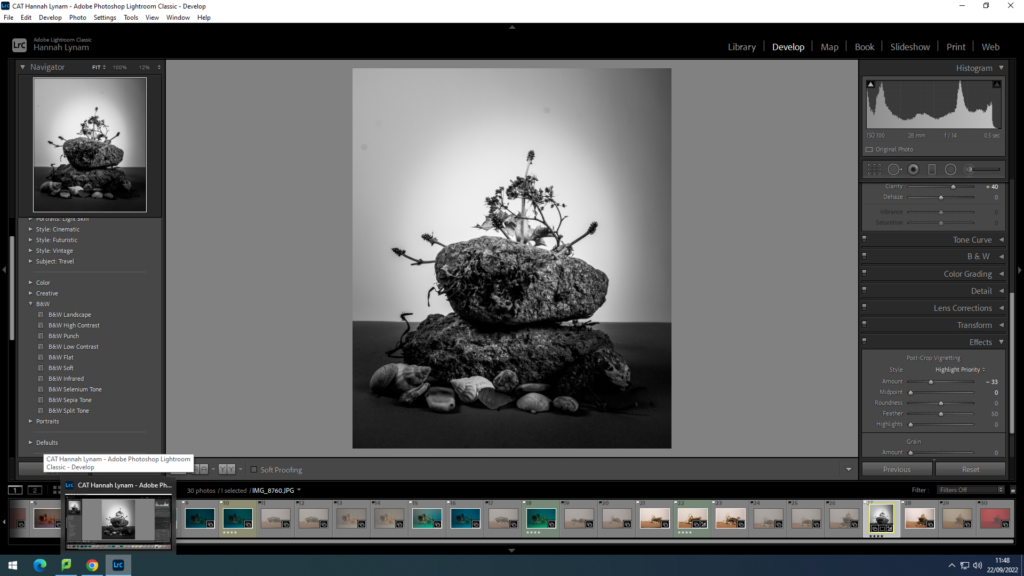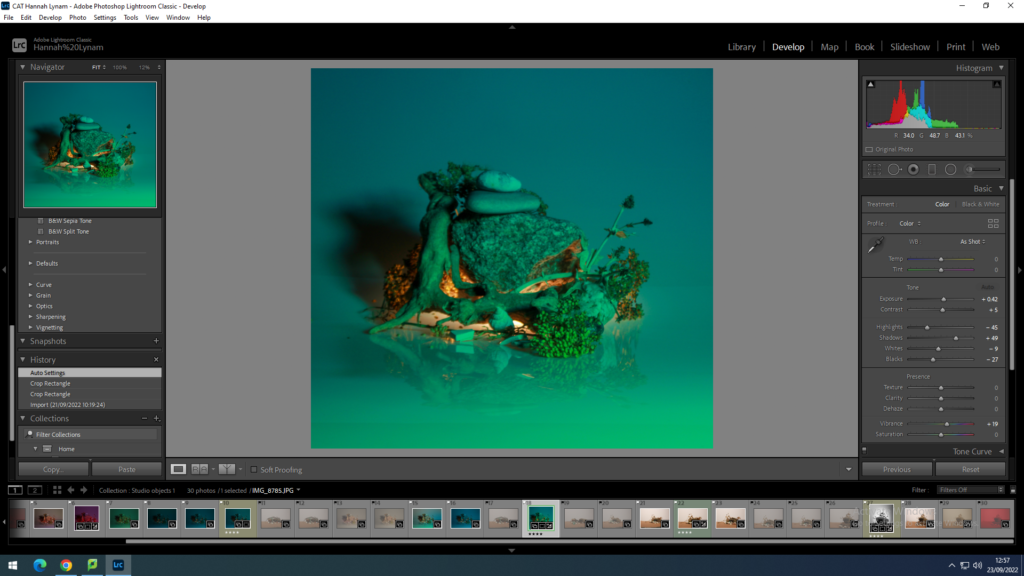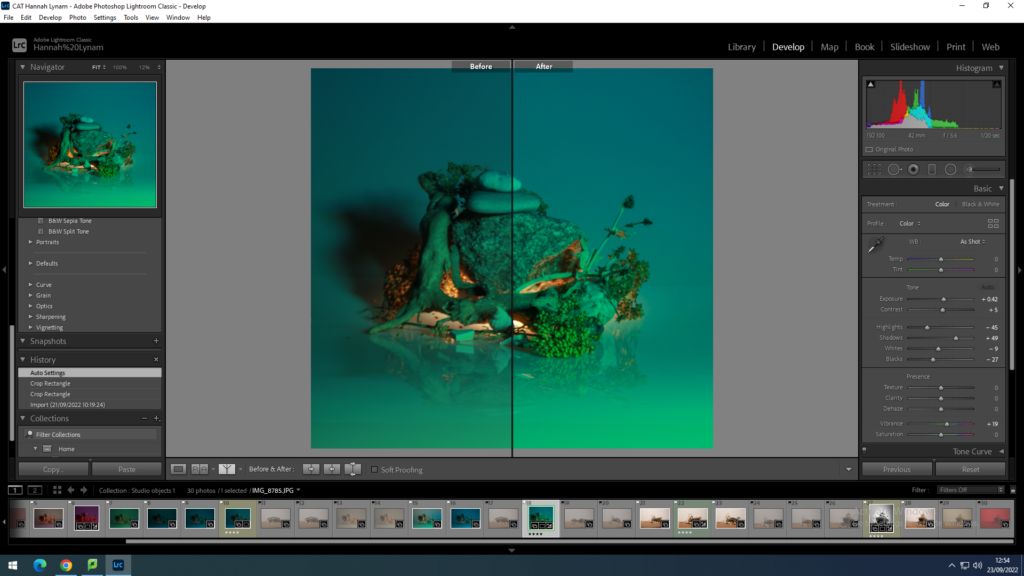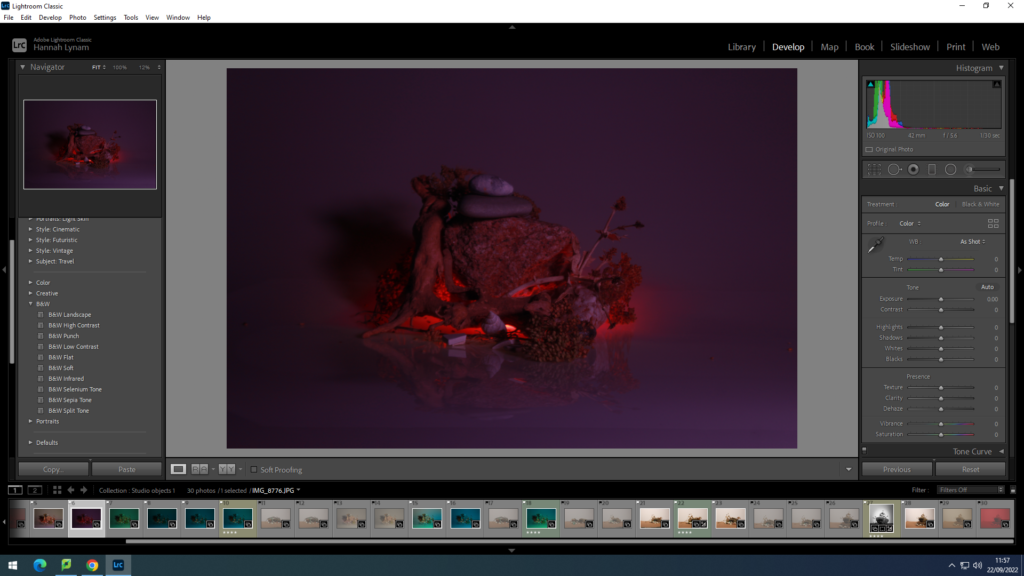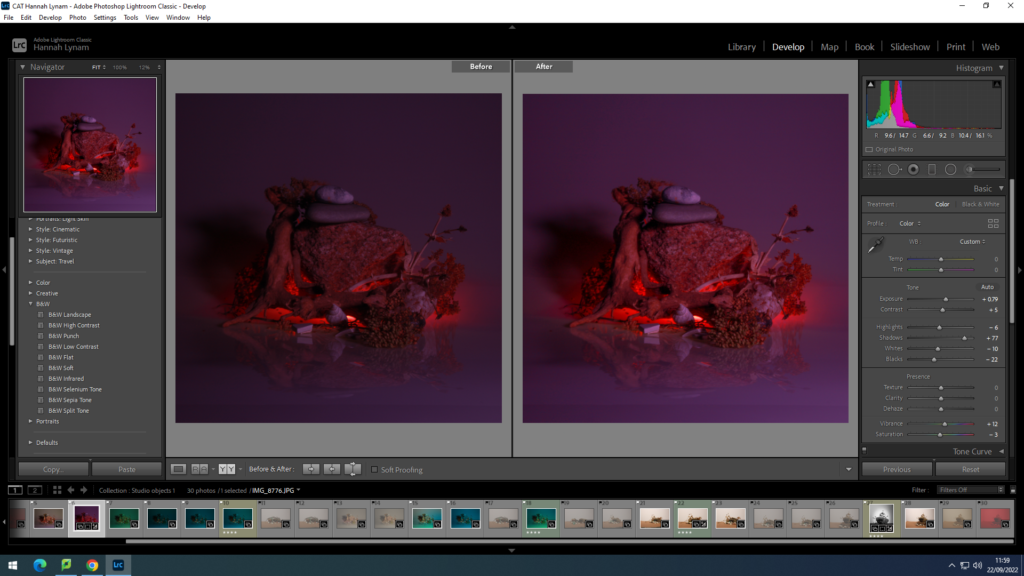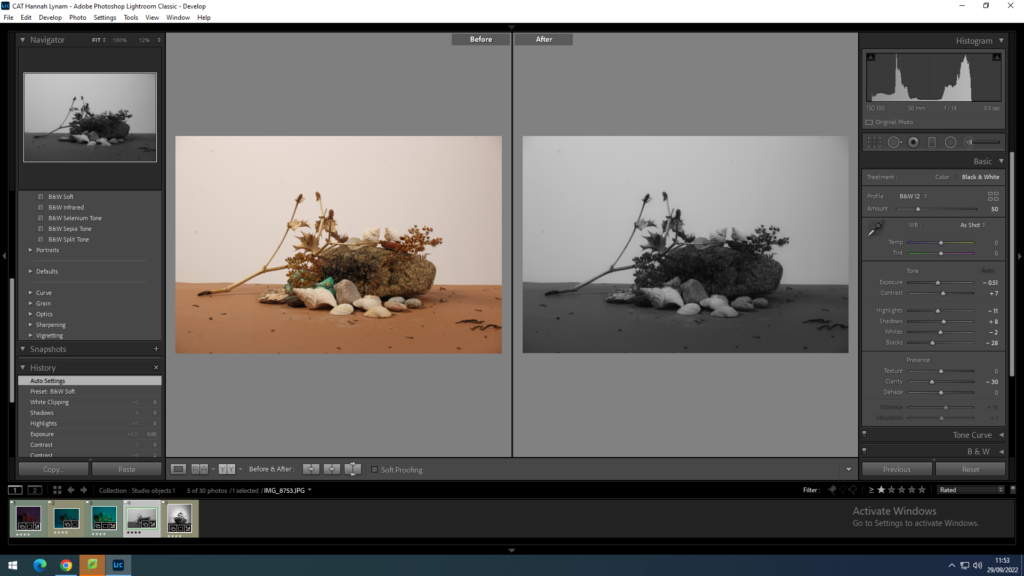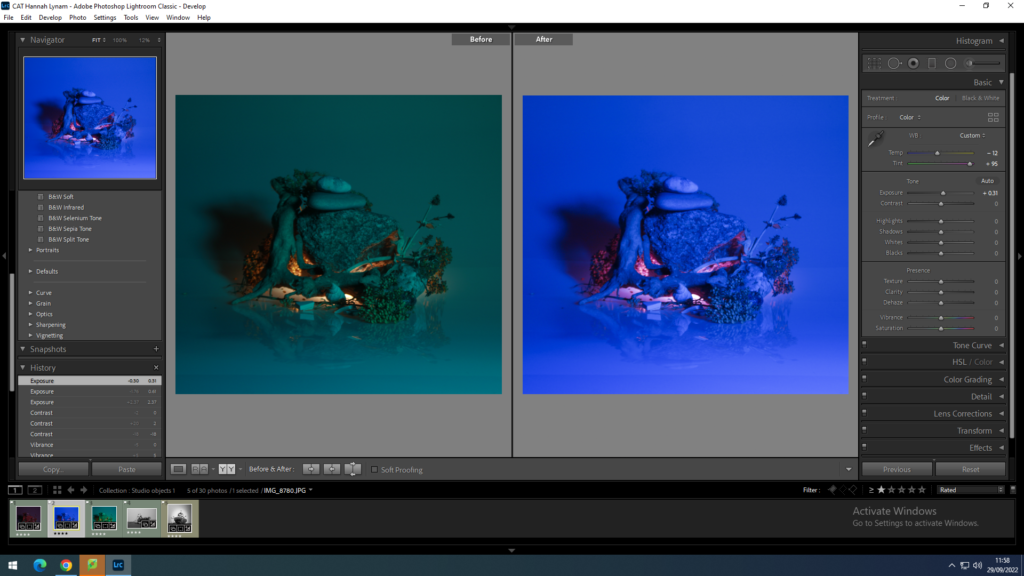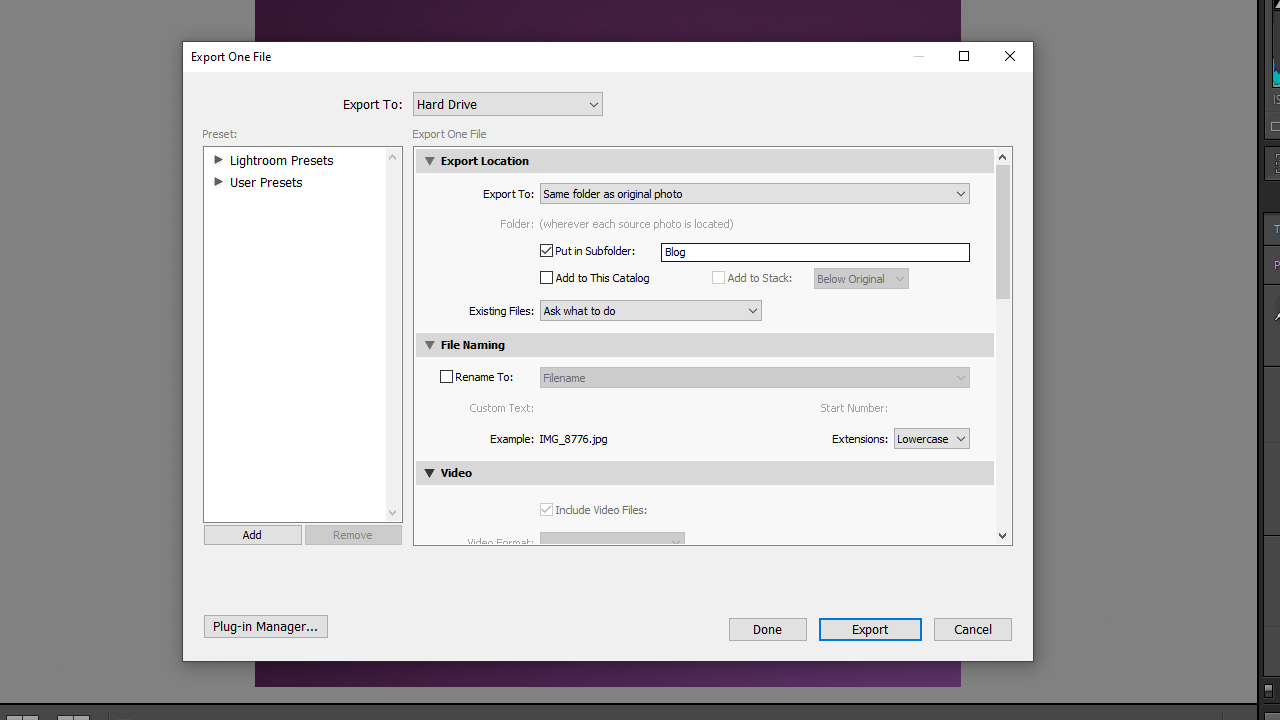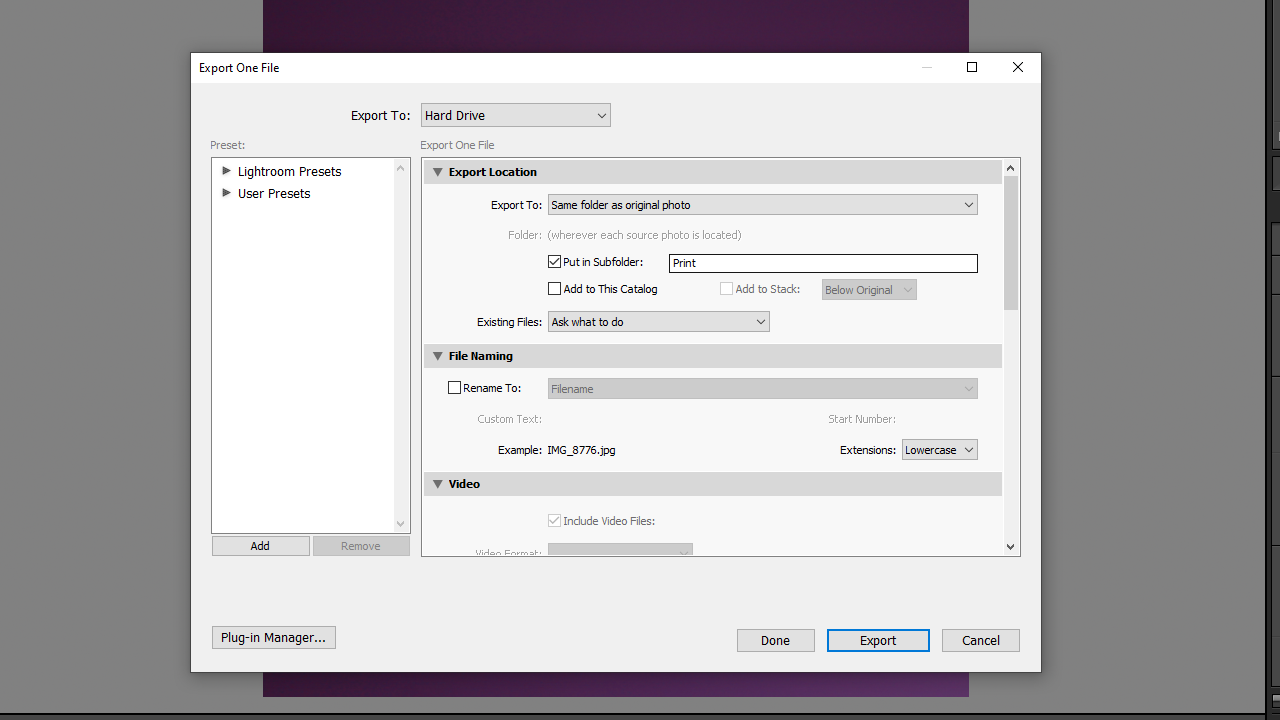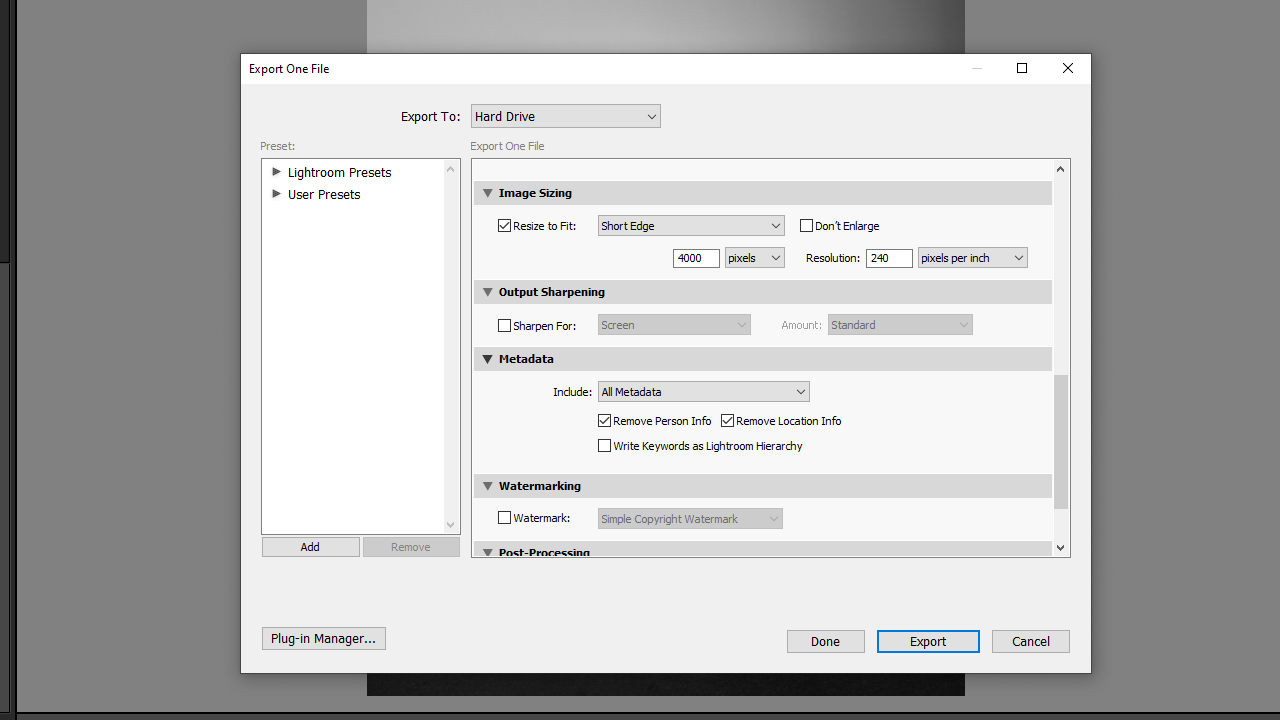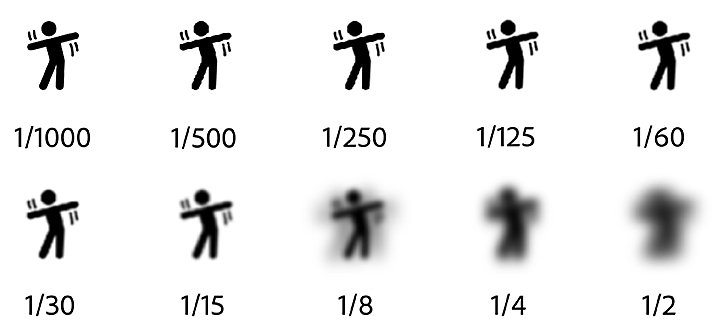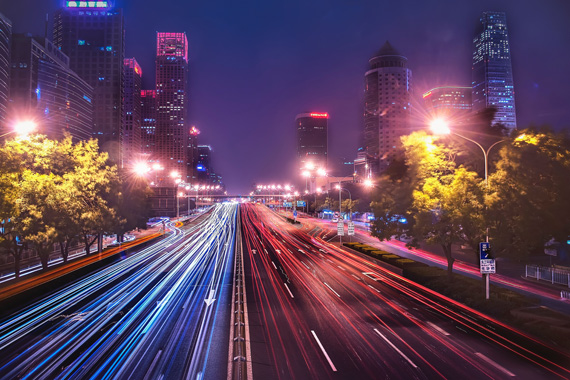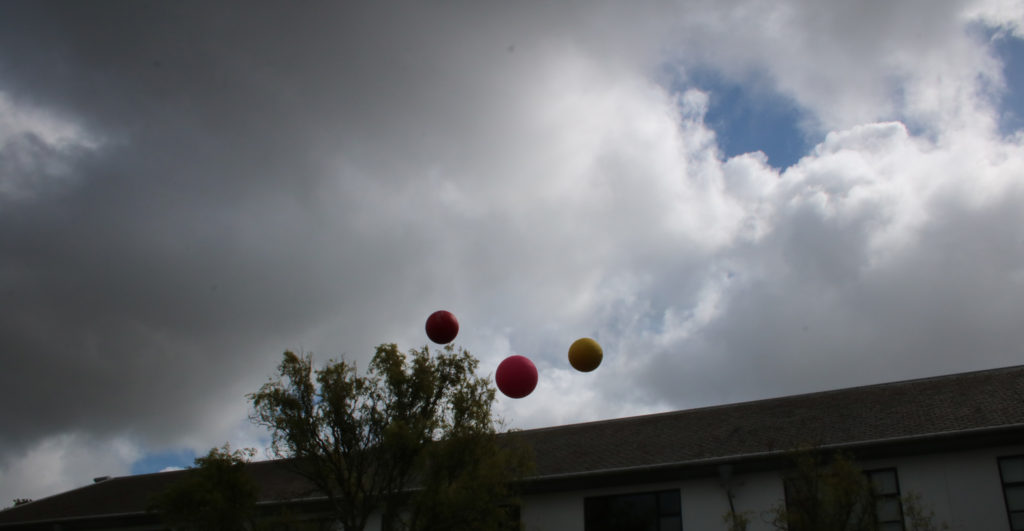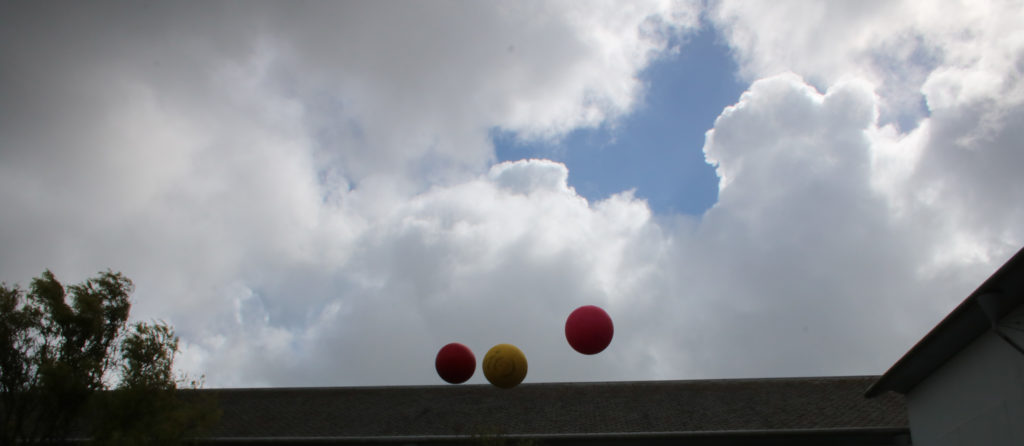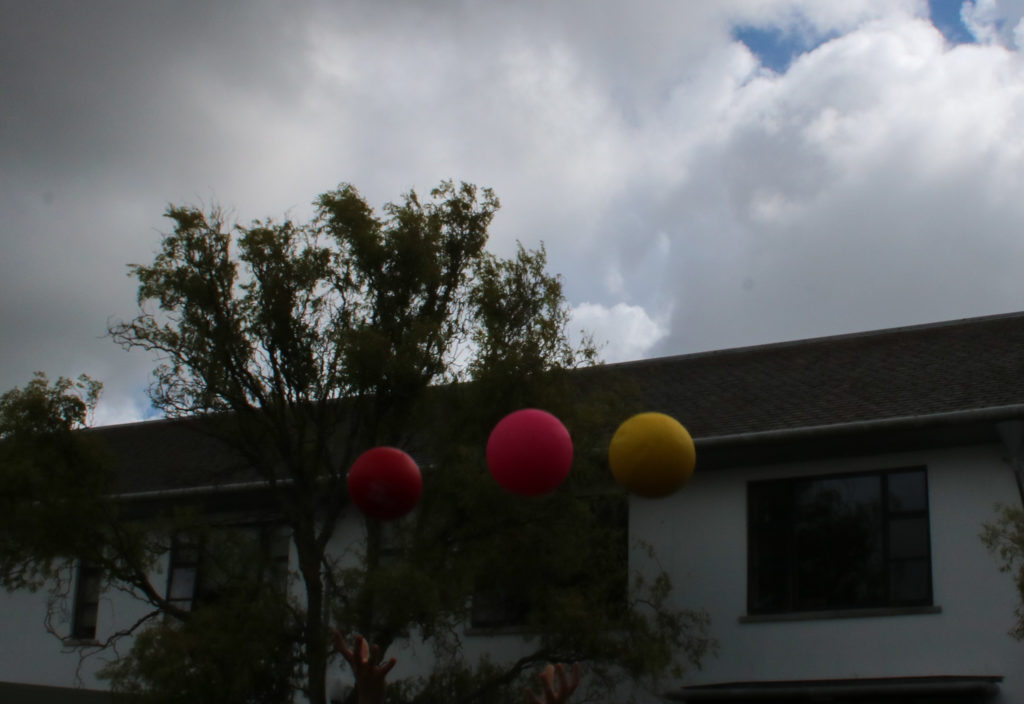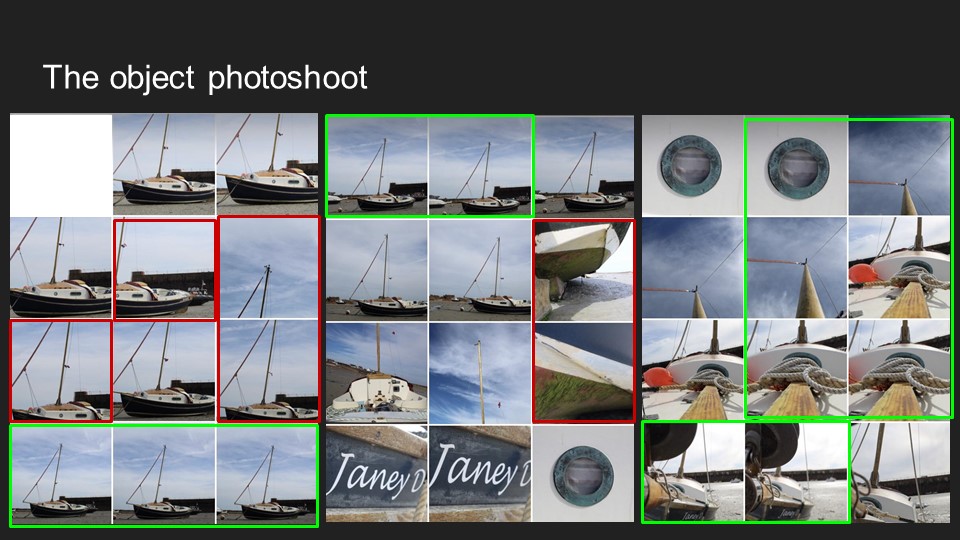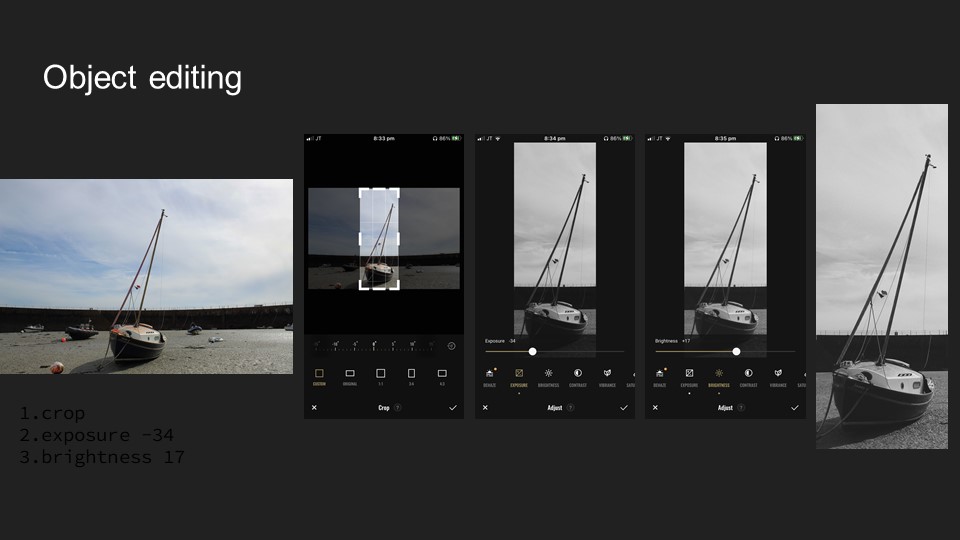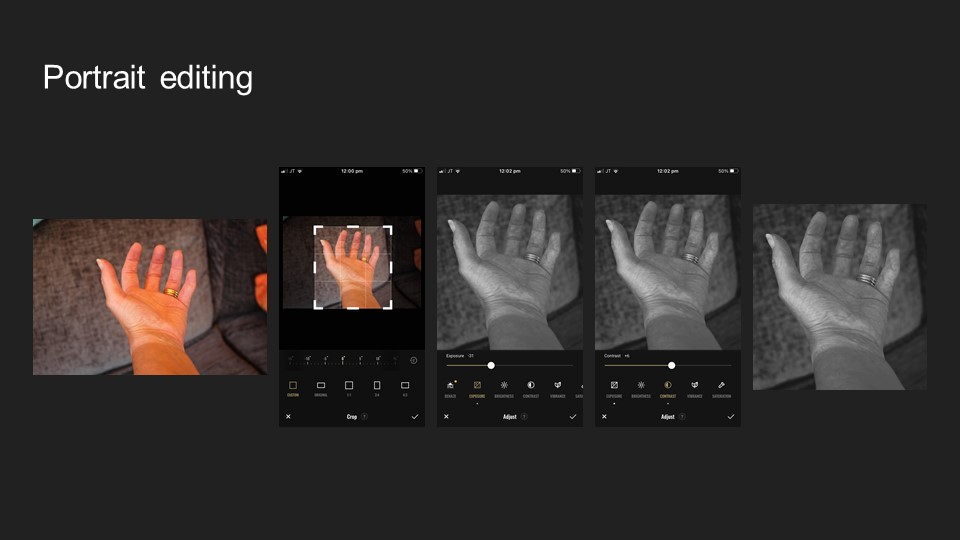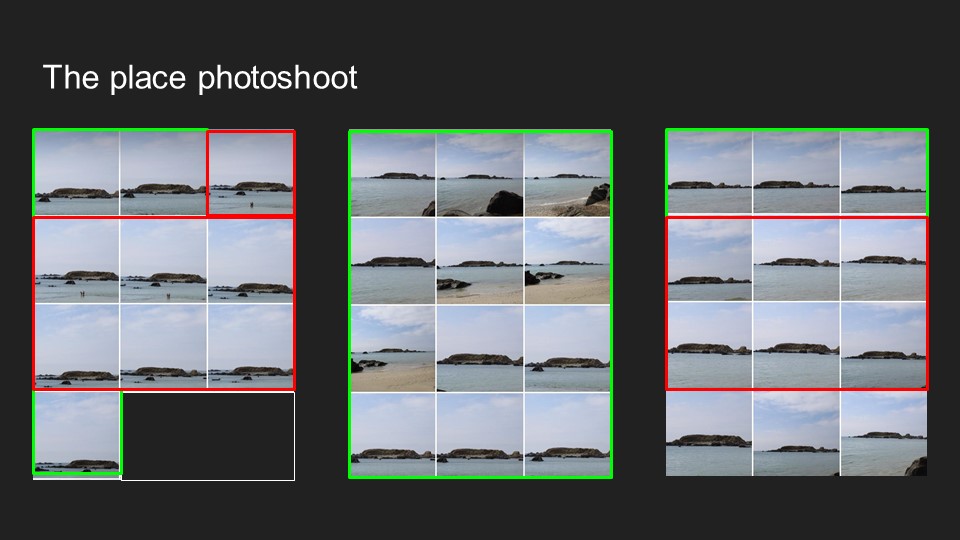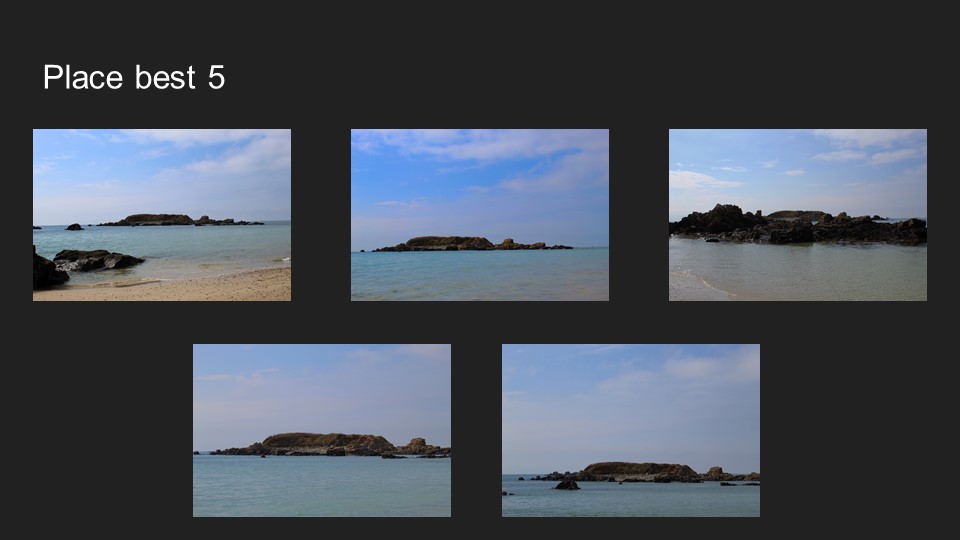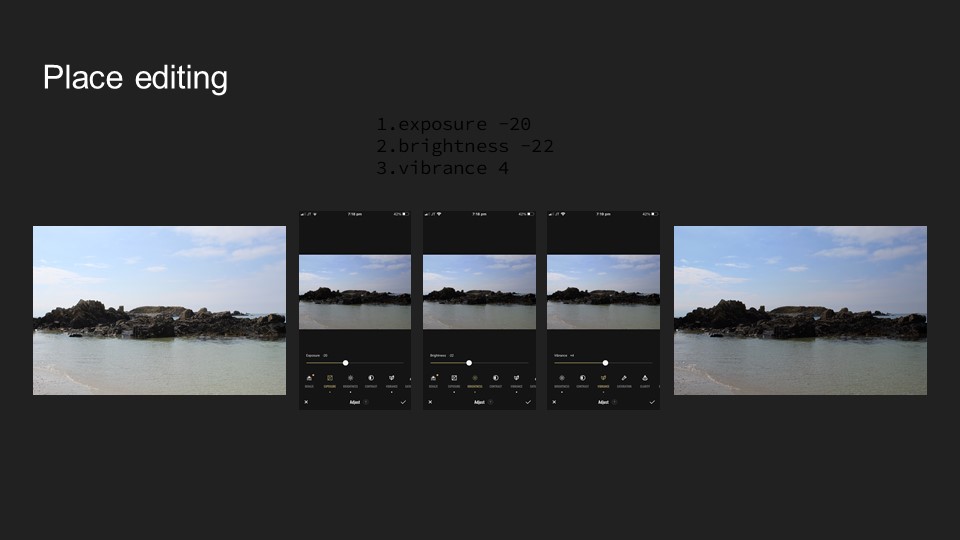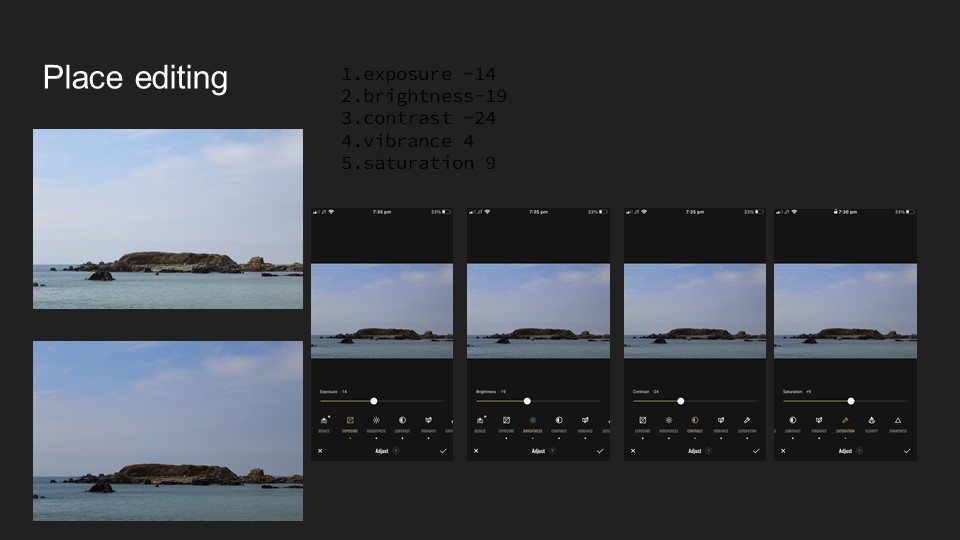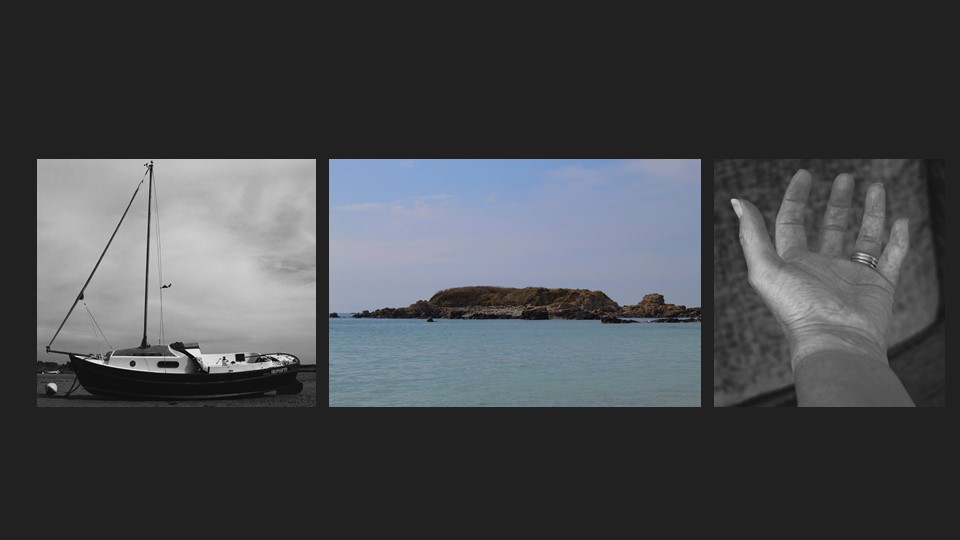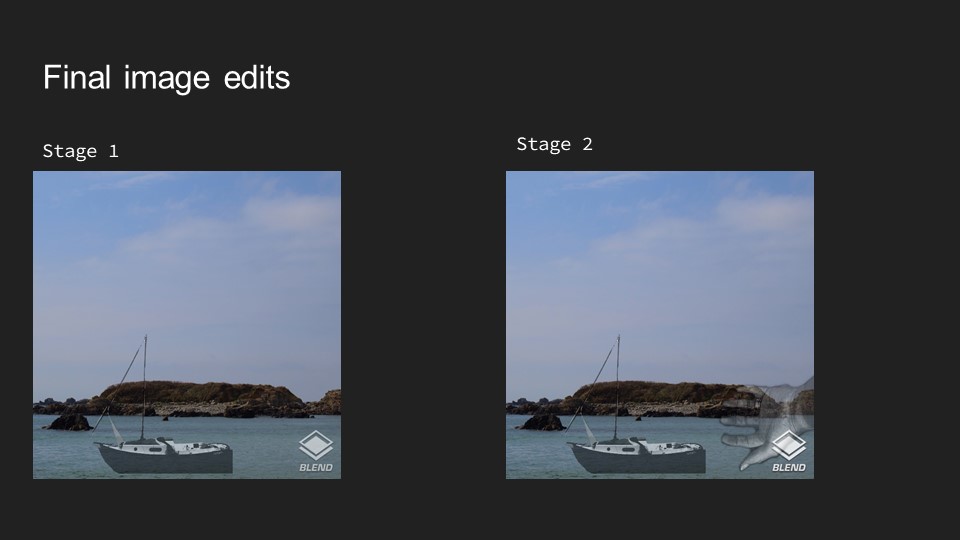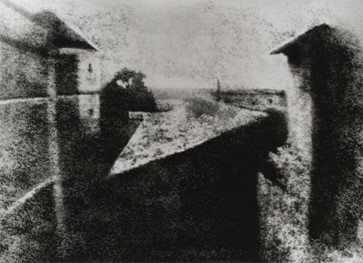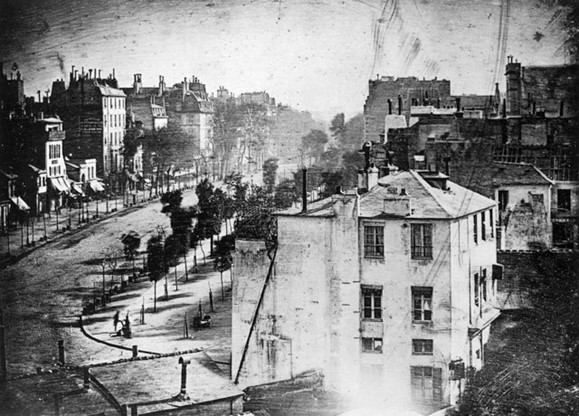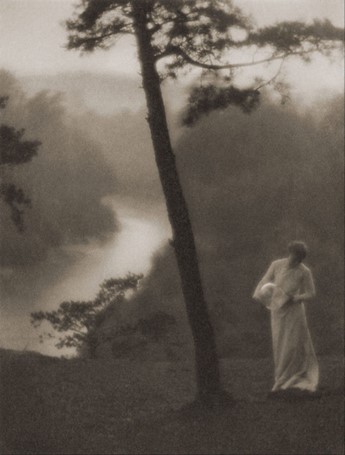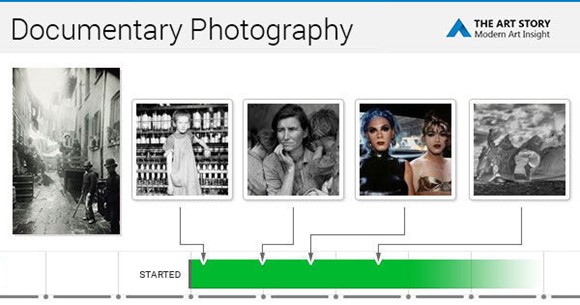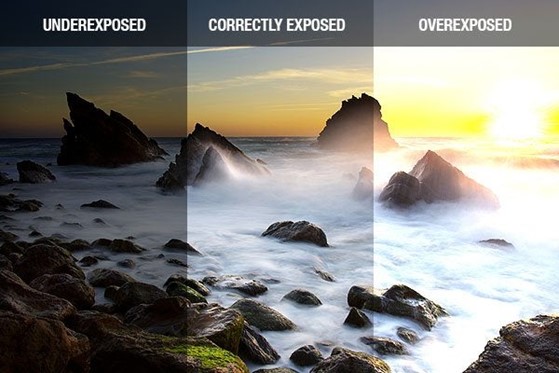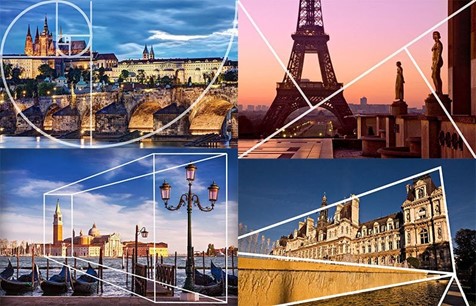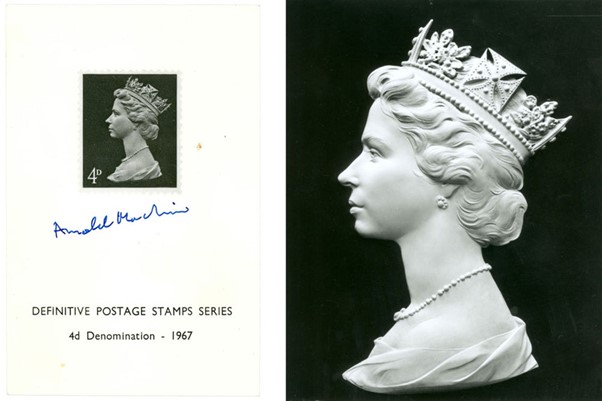Q1: What is the etymology (origin & history) of the word photography?
Writing with light.
Q2: What year was the first photograph made in camera?
1826 (Joseph Nicéphore Niépce)
Q3: When did the first photograph of a human appear?
1838 (Louis-Jacques-Mandé Daguerre)
Q4: Who made the first ‘selfie
Robert Cornelius (1839)
Q5: When did the first colour photograph appear?
1861 (James Clerk Maxwell)
Q6: What do we mean by the word genre?
A study of an artwork
Q7: What do we mean by the genre of still-life?
An image that shows inanimate objects from the natural or man-made world.
Q8: What was the main purpose of the Pictorialist movement?
To record reality
Q9: How do we describe the term documentary photography?
Capture images that truthfully portray people, places and events.
Q10: What is exposure in photography?
The amount of light that reaches your camera’s sensor.
Q11: What controls exposure on your camera?
Aperture, shutter speed, ISO
Q12: What control on our camera records moving objects?
Shutter
Q13: How do we explain depth of field?
How much of your image is in focus
Q14: What factors affect Depth of Field?
Lens aperture, distance from camera to subject, and lens focal length.
Q15: What is composition in photography?
The arrangement of visual elements within the frame.
Q16: What is your understanding of aesthetics in art?
Aesthetic qualities refer to the way and artwork looks and feels.
Q17: What are contextual studies in photography?
Consider factors outside of the image, as well as inside the frame.
Q18: How many images are captured on average every day worldwide?
4.7 billion
Q19: Which portrait is the most reproduced in the world?
The Queen (Elizabeth II)
